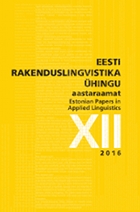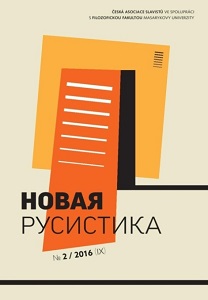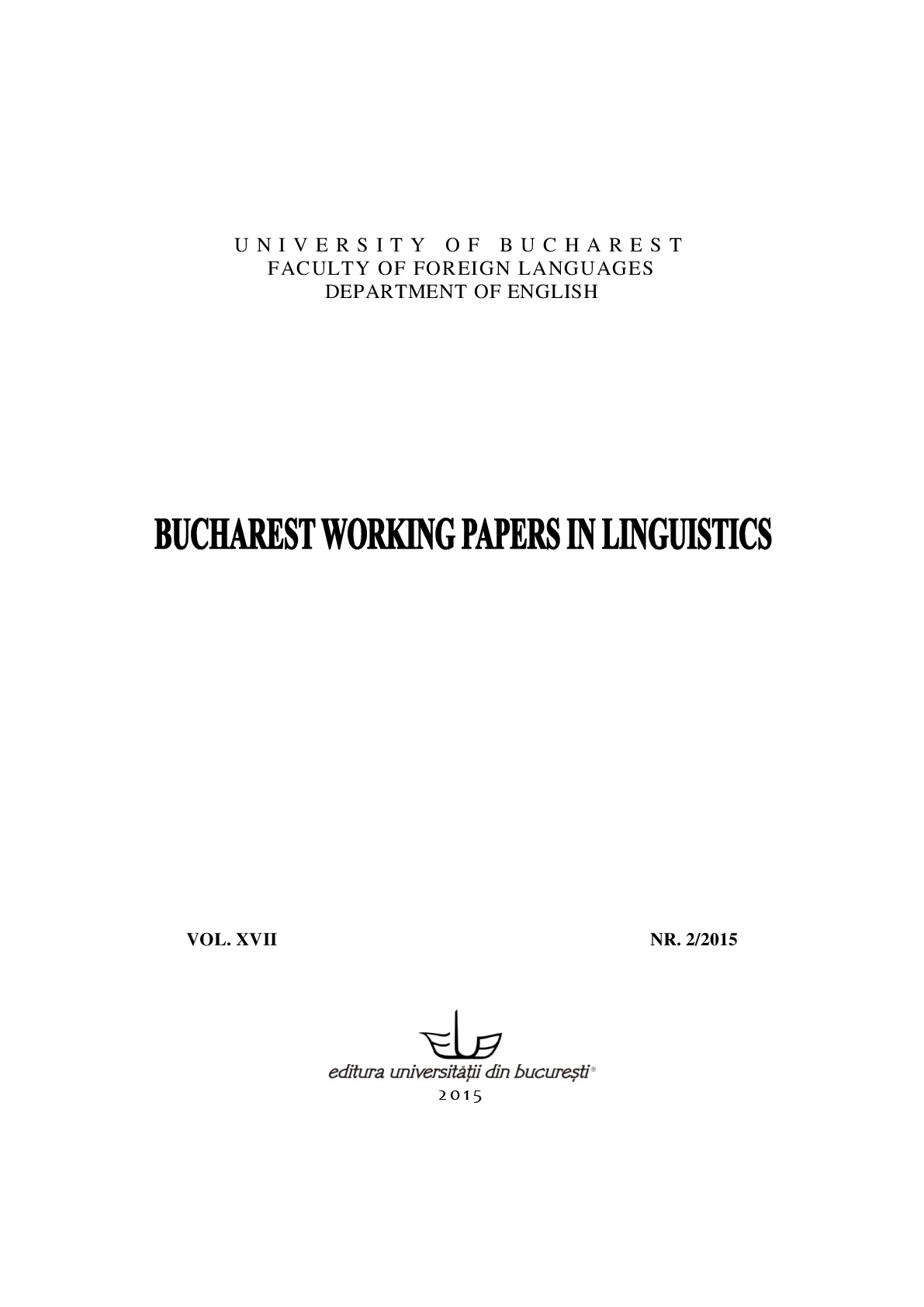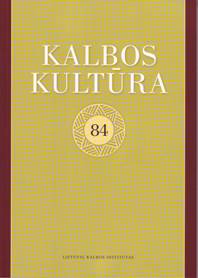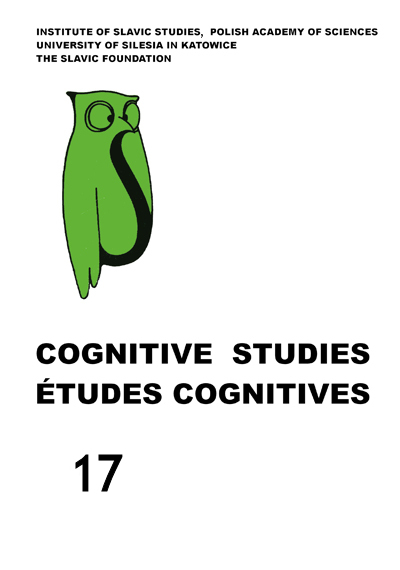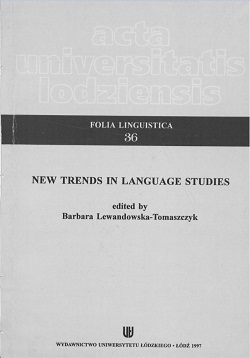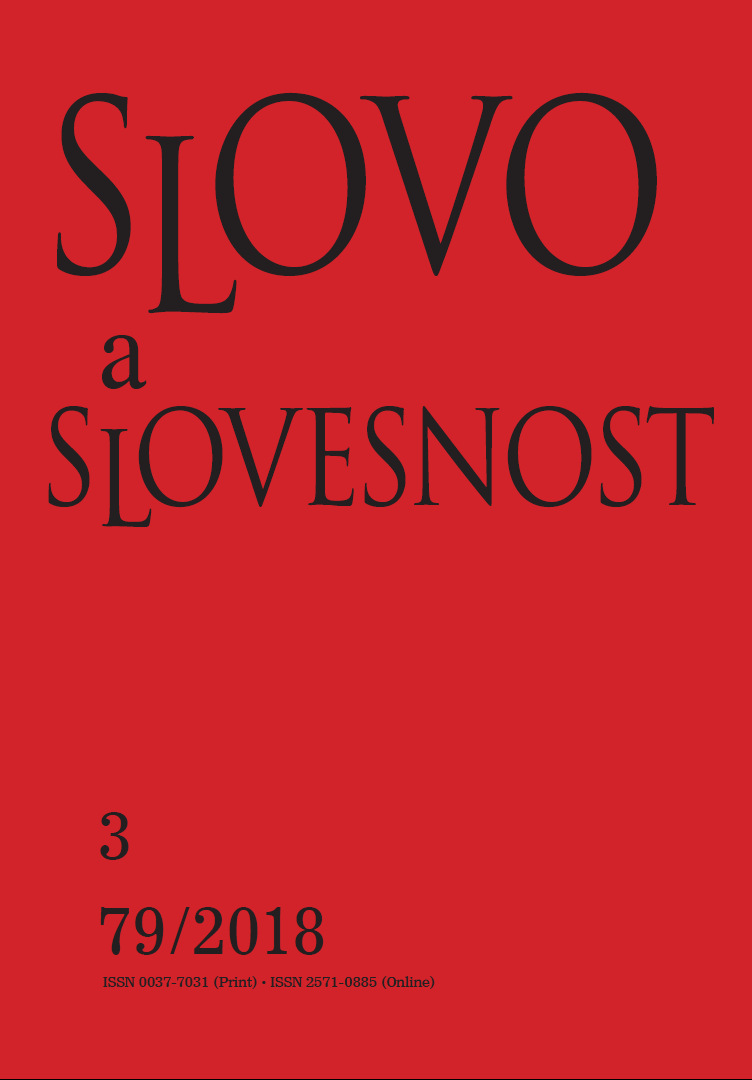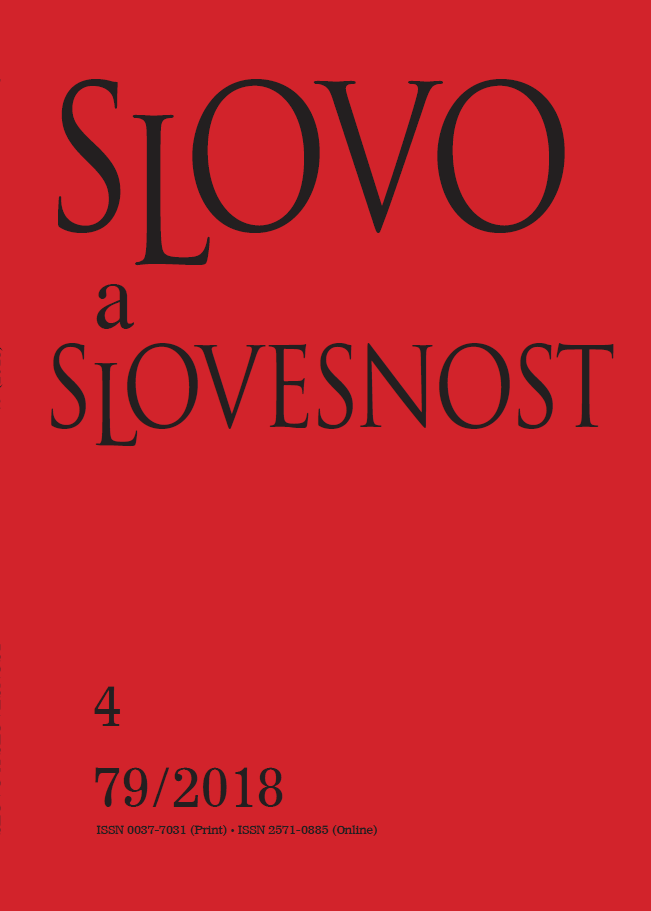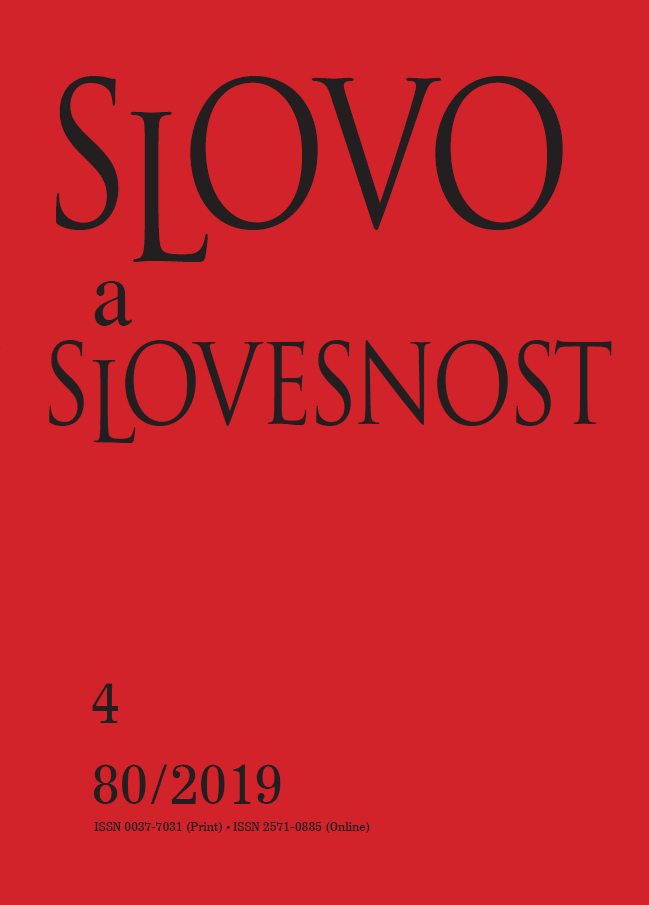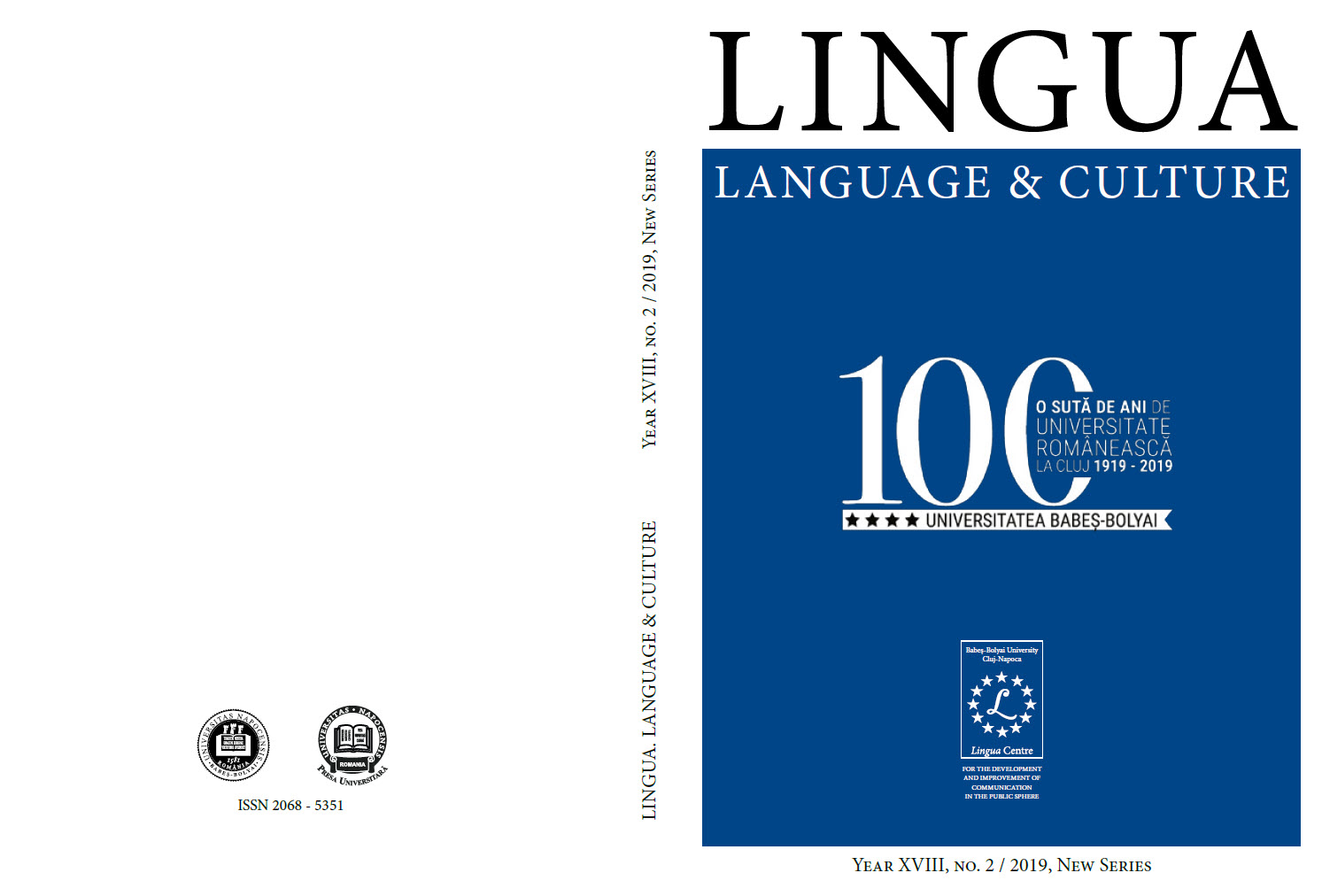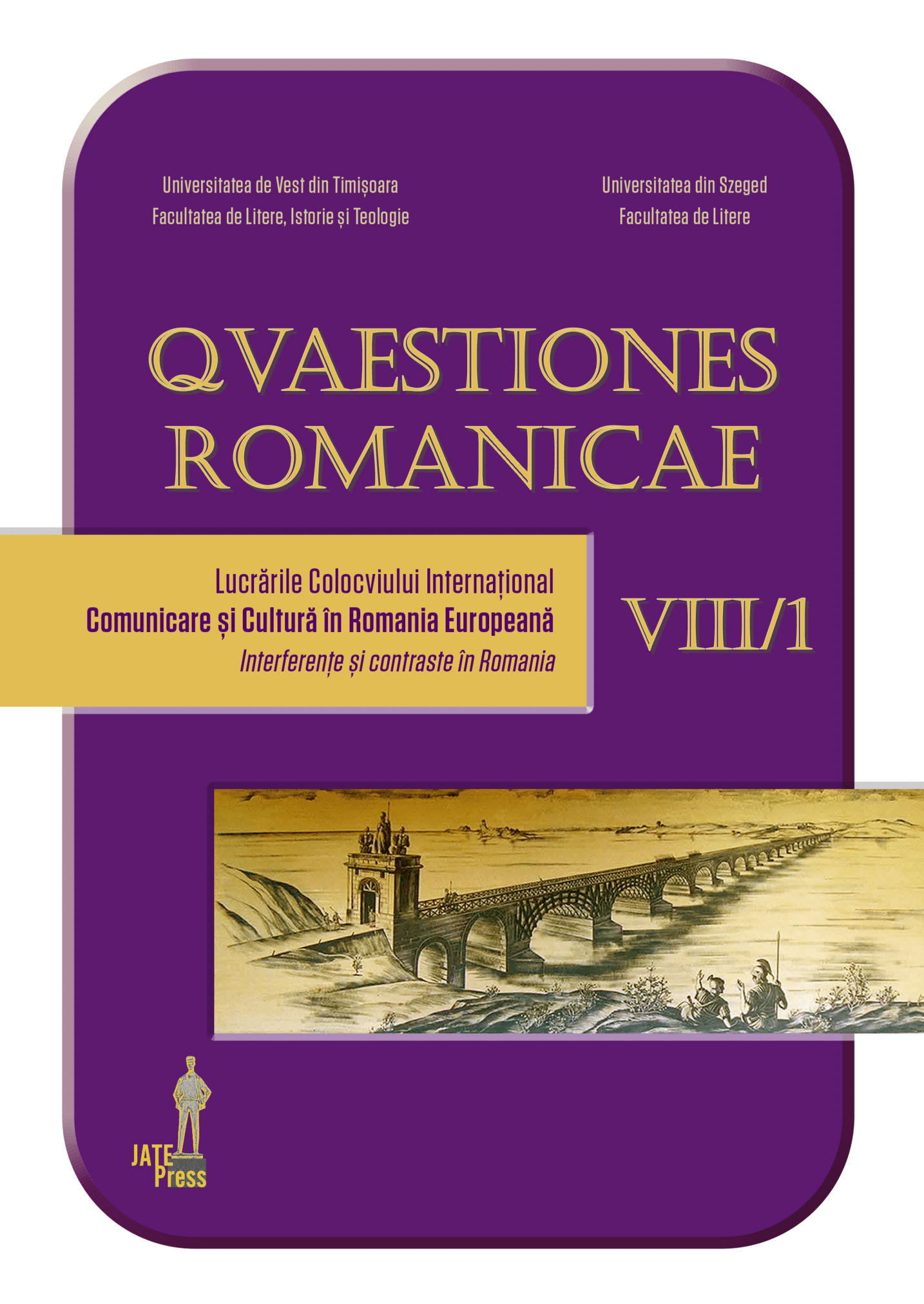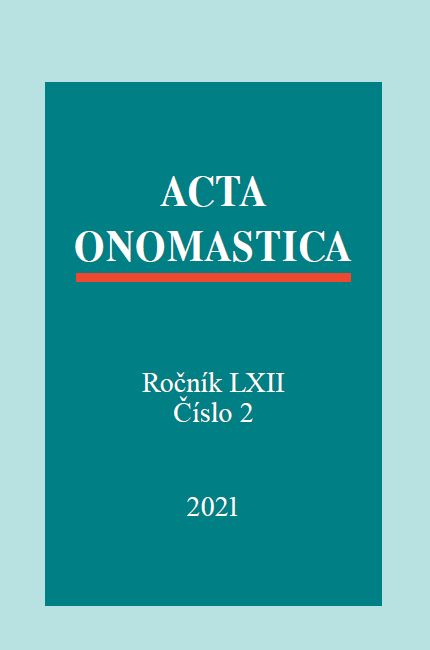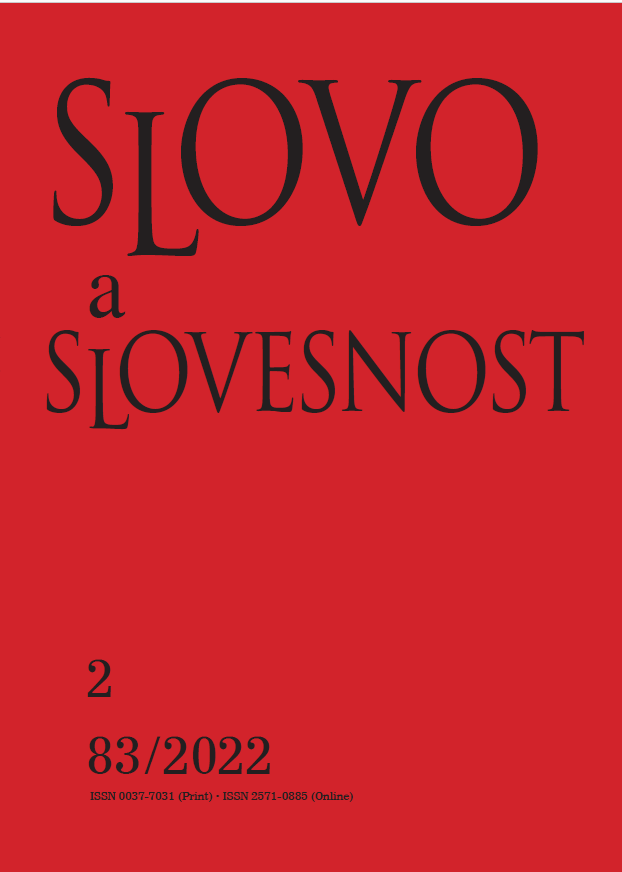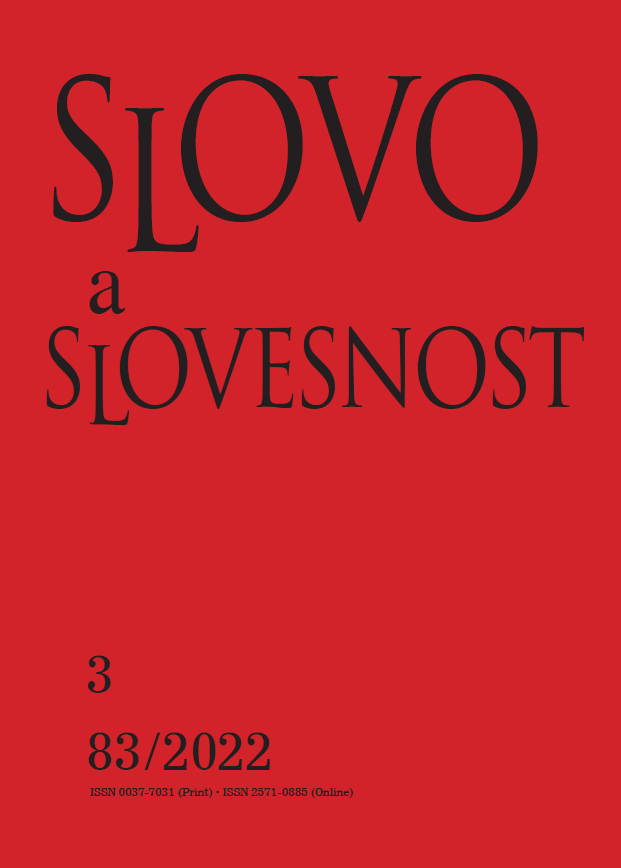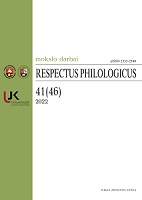Author(s): Ion Giurgea / Language(s): English
Issue: 2/2015
I argue that indefinite (in particular bare quantifiers such as ‘something’, ‘somebody’, etc.) which are neither existentially presupposed nor in the restriction of a quantifier over situations, can undergo topicalization in a number of Romance languages (Catalan, Italian, Romanian, Spanish), but only if the sentence contains “verum” focus, i.e. focus on a high degree of certainty of the sentence. I analyze these indefinite as contrastive topics, using Büring’s (1999) theory (where the term ‘S-topic’ is used for what I call ‘contrastive topic’). I propose that the topic is evaluated in relation to a scalar set including generalized quantifiers such as {P x P(x), P MANYx P(x), P MOSTx P(x), P xP(x)} or {P xP(x), P P(a), P P(b) ...}, and that the contrastive topic is the weakest generalized quantifier in this set. The verum focus, which is part of the “comment” that co-occurs with the “Topic”, introduces a set of alternatives including degrees of certainty of the assertion. The speaker asserts that his claim is certainly true or highly probable, contrasting it with stronger claims for which the degree of probability is unknown. This explains the observation that in downward entailing contexts, the fronted quantified DPs are headed by ‘all’ or ‘many’, whereas ‘some’, small numbers or ‘at least n’ appear in upward entailing contexts. Unlike other cases of non-specific topics, which are property topics, these are quantifier topics: the topic part is a generalized quantifier, the comment is a property of generalized quantifiers. This explains the narrow scope of the fronted quantified DP.
More...

